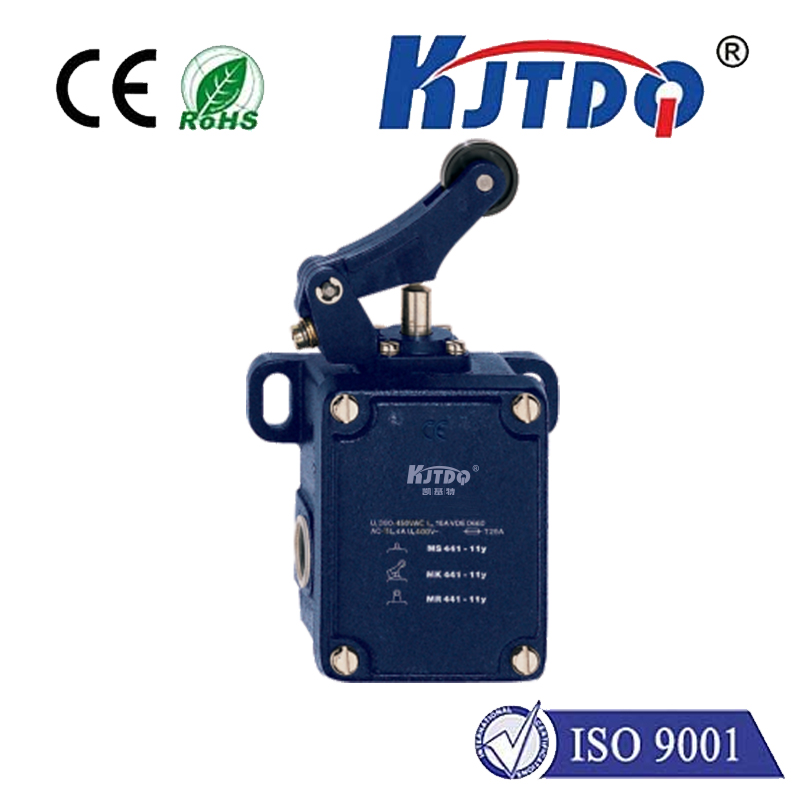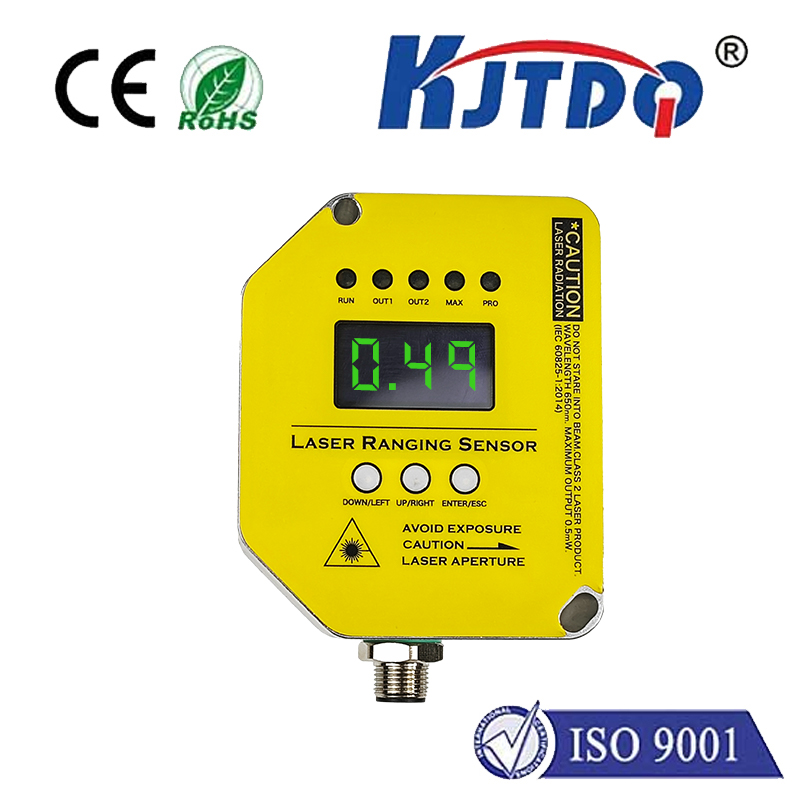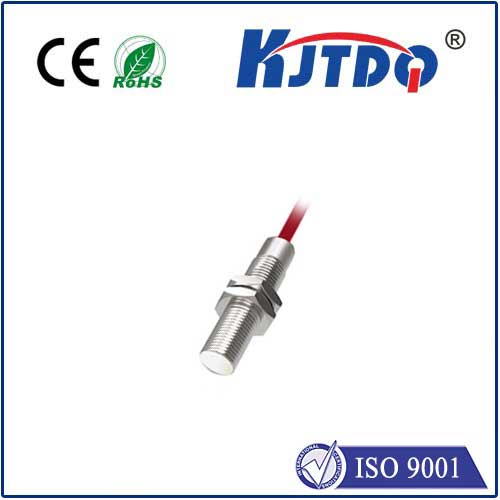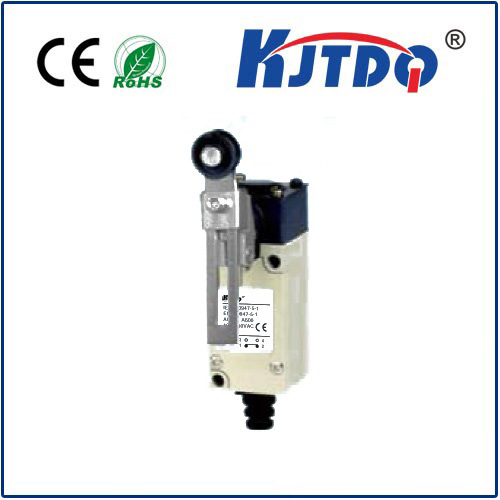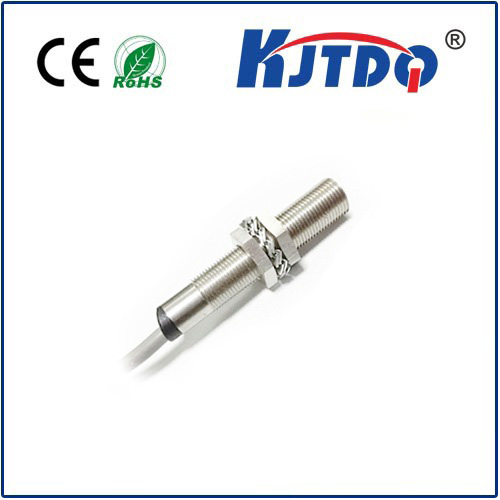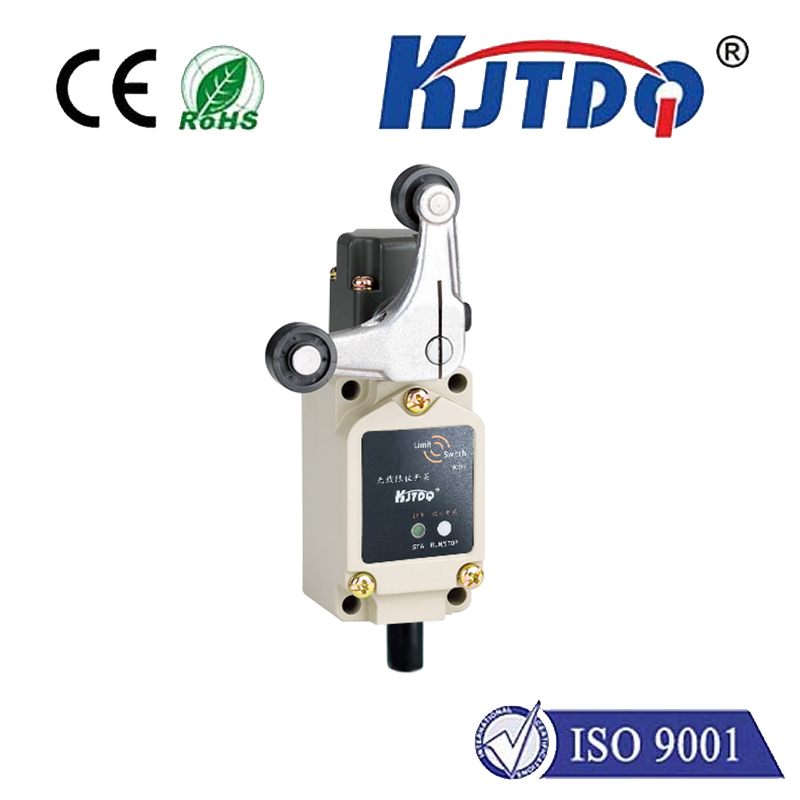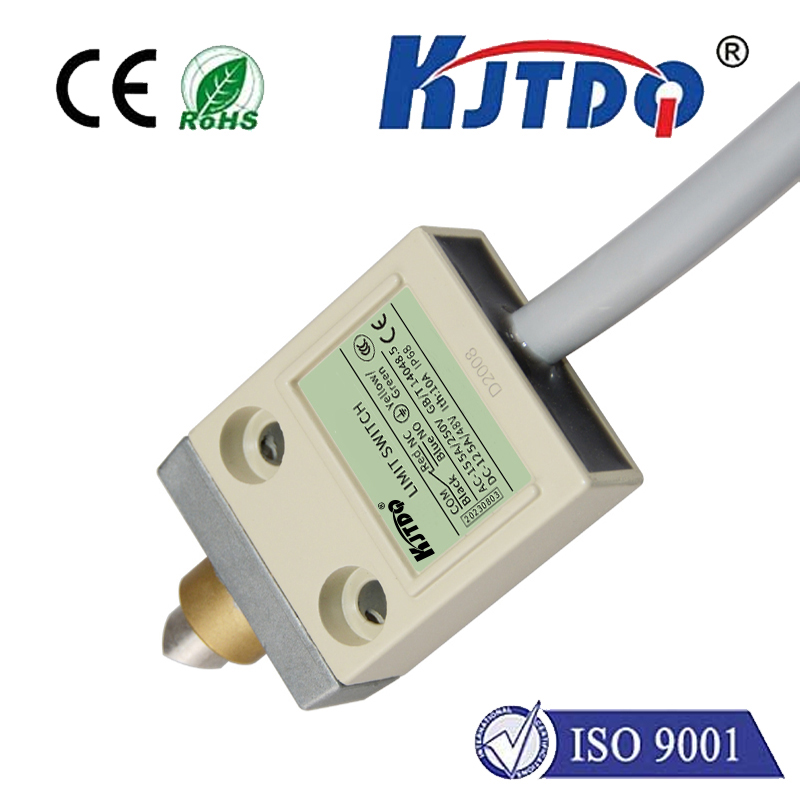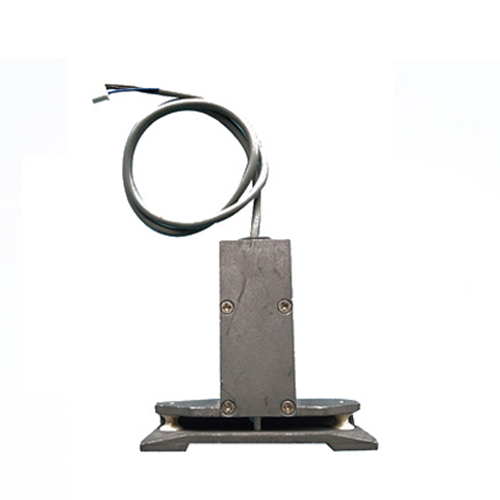ford proximity sensor plug
- time:2025-09-09 01:10:31
- Click:0
The Crucial Link: Understanding Your Ford Proximity Sensor Plug
Ford Proximity Sensor Plug: The Unsung Hero of Parking Safety
That reassuring beep-beep-beep as you smoothly glide into a tight parking spot, or the sudden alert that saves your bumper from a hidden obstacle – you can thank your Ford’s proximity sensors. But behind these vital safety features lies a small, yet critical component: the Ford proximity sensor plug. This unassuming connector is the essential lifeline ensuring your parking sensors communicate seamlessly with your vehicle’s brain. Let’s dive into why this plug matters and how it keeps you protected.
What Exactly Is a Ford Proximity Sensor Plug?
Simply put, it’s the specialized electrical connector designed to interface between one of your Ford’s parking sensors (often located in the bumpers) and the vehicle’s wiring harness. Think of it as the bridge carrying crucial power and data signals. Each Ford proximity sensor plug is engineered to:
- Provide Secure Power: Delivering the necessary electrical current to the sensor so it can operate.
- Transmit Sensor Data: Carrying the signal generated by the sensor (detecting obstacles) back to the vehicle’s control module.
- Ensure Weather Resistance: Featuring seals and grommets to protect the connection from moisture, dirt, and road debris.
- Guarantee Correct Orientation: Utilizing specific shapes or locking tabs to prevent incorrect connection, ensuring every sensor is plugged into the right spot.
Why the Plug Matters (Beyond Just Connection)

It’s easy to dismiss a plug as a simple piece of plastic and metal. However, its role is fundamental to the reliability and accuracy of your entire parking assist system:
- Signal Integrity: A damaged, loose, or corroded Ford proximity sensor plug can cause intermittent signals or complete failure. This might manifest as sensors randomly triggering (false positives), not detecting objects when they should (false negatives), or the system failing altogether with dashboard warnings.
- System Diagnostics: When a sensor fault is detected by your Ford’s computer, the problem could originate at the plug connection – corrosion, bent pins, or a break in the wiring near the plug – rather than the sensor itself.
- Resistance to the Elements: Parking sensors live a tough life, exposed to weather extremes, car washes, and road spray. A compromised plug seal allows water ingress, leading to corrosion inside the connector. This is a primary cause of sensor malfunction over time.
- Ease of Service: A standardized Ford proximity sensor plug design allows mechanics (or experienced DIYers) to efficiently diagnose, unplug, and replace individual sensors or sections of wiring without needing to rewire the entire system. The plug acts as a serviceable junction point.
Common Problems Associated with Ford Proximity Sensor Plugs
Being located in vulnerable areas (bumpers), these plugs can encounter several issues:
- Water Ingress and Corrosion: As mentioned, damaged seals allow moisture in, causing green corrosion on the metal terminals. This increases electrical resistance or breaks the connection entirely.
- Physical Damage: Accidental impacts (even minor bumps or scrapes), incorrect removal, or exposure to road debris can crack the plug housing, break locking tabs, or bend the metal connector pins.
- Wire Fatigue: The wires leading into the plug can become brittle over time, especially with repeated flexing (e.g., during bumper removal/replacement), potentially breaking internally near the plug’s entry point. Looming or damaged conduit exposes wires, increasing risk.
- Loose Connection: Vibration or improper seating during prior service can cause the plug to work loose, creating an intermittent fault that’s tricky to diagnose.
Troubleshooting and Replacement: What You Need to Know
If you’re experiencing parking sensor warnings or erratic behavior, the Ford proximity sensor plug is a key suspect:
- Diagnostic Trouble Codes (DTCs): A professional scan tool or advanced OBD-II reader can identify specific sensor faults. While it might point to a sensor, the fault could lie in the plug or wiring leading to it.
- Visual Inspection: Carefully inspect the suspected plug:
- Look for cracks, breaks, or missing pieces in the plastic housing.
- Check if the seals and grommets are intact and seated properly.
- Examine the wiring near the plug for cuts, abrasions, or exposed copper.
- Inspect the metal terminals inside the plug for corrosion (green/white powdery residue) or bending. Never probe terminals with metal objects while connected to power - risk of short circuit.
- Testing Continuity: Using a multimeter (with the plug disconnected), you can check for continuity between the plug terminals and the corresponding pins at the sensor end or further back in the harness. This helps identify breaks in the wiring.
- Cleaning: Sometimes, mild corrosion can be carefully cleaned using electrical contact cleaner and a soft brush. Ensure the plug is dry before reconnection.
Replacing the Ford Proximity Sensor Plug:
- Finding the Correct Part: Crucially, Ford proximity sensor plugs are not always generic. They vary by model year, specific sensor location (front vs. rear bumper, specific corner), and even model line (F-150, Explorer, Focus, etc.). Using an incorrect plug may not fit physically or match the wiring configuration. Resources include:
- Ford dealership parts department (using your VIN)
- Reputable online Ford parts retailers
- Detailed automotive repair databases (like ALLDATA, Mitchell1)
- The Repair Process: Replacement typically involves:
- Safely disconnecting the vehicle battery.
- Accessing the plug (often requiring partial bumper removal or accessing under the vehicle/behind fender liners).
- Carefully releasing the plug’s locking mechanism.
- Disconnecting the old plug.
- Splicing and Soldering: Cutting the wires near the old plug and splicing the new plug’s wires onto the vehicle harness, using proper solder and heat shrink tubing (or high-quality crimp connectors with heat shrink) for a permanent, weatherproof connection. Avoid simple twist-and-tape methods.
- Securing the new connection with loom/conduit and zip ties.
- Connecting the new plug to the sensor.
- Re-securing components and reconnecting the battery.
- Professional Help: Given the complexity of access, the need for proper waterproofing, and the risk of damaging expensive sensors or the wiring harness, replacing a Ford proximity sensor plug is often best left to a qualified auto technician, especially if bumper removal is involved. They possess the correct tools, diagrams, and expertise.
Keeping Your Sensors Talking: Prevention is Key
To minimize future issues with your Ford proximity sensor plugs:
- Be Mindful During Washing: Avoid high-pressure jets directly blasting the sensor areas and plugs for extended periods.
- Inspect After Impact: Even a minor scrape or bump can damage a plug or wiring. Have sensors checked if you notice any changes in system behavior afterward.
- Use Professional Service: Ensure technicians handling bumper removal/replacement or sensor repairs properly disconnect, handle, and reconnect the plugs to avoid damage or poor sealing. Verify new sensors come with their matching plugs.
The Ford proximity sensor plug is a perfect example of how small components underpin major vehicle functions. Ensuring this connector remains sealed, intact, and properly connected is vital for the accurate operation of your parking aids and collision avoidance systems – technology that significantly enhances the safety and convenience of driving your Ford. Paying attention to this






